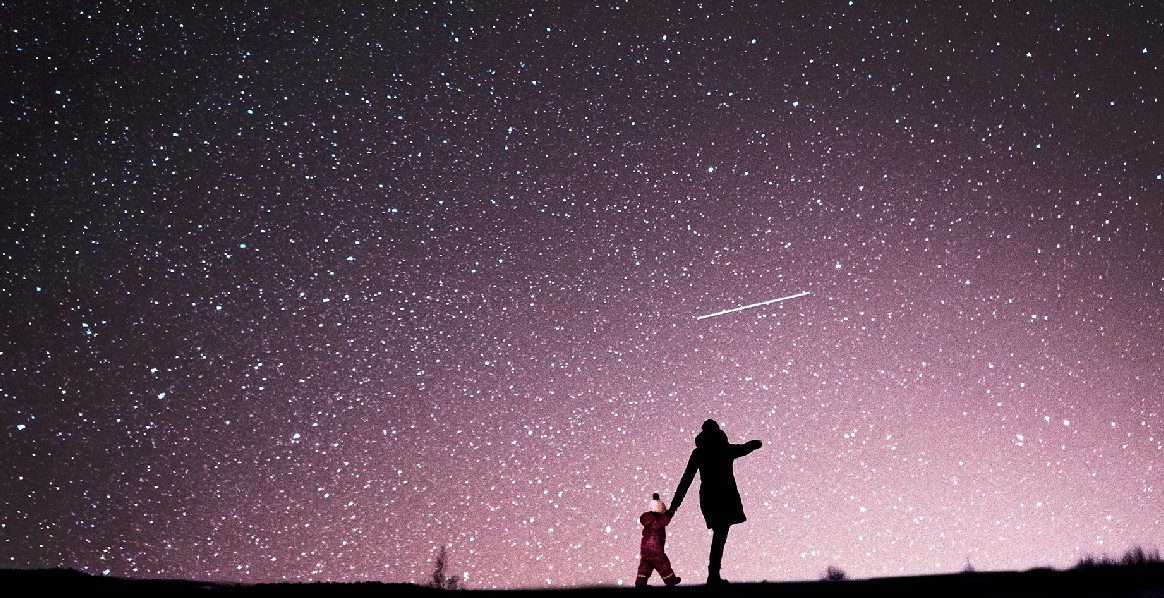It is impressive to visit the wonders of our world. Sites like the Amazon Rain Forest, and Niagara Falls are breathtakingly beautiful. Among these sites is that of The Grand Canyon. Located in Arizona, USA this canyon stretches out across almost 300 miles and contains some of the most picturesque views on Earth.
Even this canyon though pales in comparison to Valles Marineris. A vast canyon that spreads out across almost the entire length of Mars and contains some of the most imposing views in our Solar system. Located in the Amazonis Planitia this canyon is about 4,000 miles long and 9 to 18 miles deep. To put that into perspective that it is about seven times deeper than The Grand Canyon.
This canyon was first spotted by astronomer, Giovanni Cassini in 1672 using a telescope. Since then it has been studied extensively and is believed to be about 4 billion years old!
Valles Marineris is believed to have formed when the crust of Mars was pulled apart by that planets internal forces. This sea of tears is responsible for creating thousands of miles of mountains within the planet, including Olympus Mons which at 26 miles high is considered to be the largest mountain in the Solar System. It also created a collection of large canyons and began chasms throughout this barren landscape. One of these chasms is called Melas Chasma and it happens to be the deepest in our Solar System.
Unlike the grand canyon, the walls of Valles Marineris are not made up of sedimentary rock but rather a material which is a mixture of both basalt and granite.
These rock formations can tell us a lot about what Mars looked like before it became this desolate landscape by holding information about meteor impacts that occurred throughout the planets existence.
When astronauts come to Mars they will want to explore these rocks to learn more about Martian history.
Imagine standing at the edge of this massive canyon looking out across the horizon. Formations and sheer canyon walls stretching out in every direction. Perhaps someday you will get to do exactly that! Perhaps someday you will be one of the explores who studies this canyon in person!






